Namibia is the driest country in sub-Saharan Africa
With a population of 3.1 million people and three times the size of the U.K., Namibia is one of the most sparsely populated countries in the world.
Lüderitz is a town in southern Namibia. It lies on one of the least hospitable coasts in Africa. It is a port developed around Robert Harbour and Shark Island. Lüderitz had a population of 16,125 people in 2023.
Our captain-guide who had a bad habit of grabbing his camera and standing in front of me when any good sightings were seen.
In route, we were treated to many sightings of dolphins and seals along with one whale sighting.
Bartolomeu Dias travelled under instructions from King John II of Portugal to sail to the southern end of Africa. He was blown off course to land initially at the Cape of Good Hope. On his return, he stopped off at what is known today as Lüderitz Bay. The current Dias Cross is a replacement of the original which stood for over 300 years. The remains are now in the South African Museum in Cape Town.
An abandoned building on Halifax Island which was used during the guano mining days. Penguin guano on the island was 120 feet (37 m) deep in the early 19th century and mining continued until 1949.
Although the heyday of guano mining was between the 1840s to 1860s, it continued well into the twentieth century. On Halifax Island, the removal of the guano in the 1930s was devastating to African Penguins that had nested in burrows in the thick guano. In recent years there has been a small recovery with several thousand birds living on the island, however, they were again severely impacted in 2018/19 by an outbreak of bird flu.
I saw this tractor on the port. I assume the "ABNORMAL" sign is what we would see as "Wide Load".

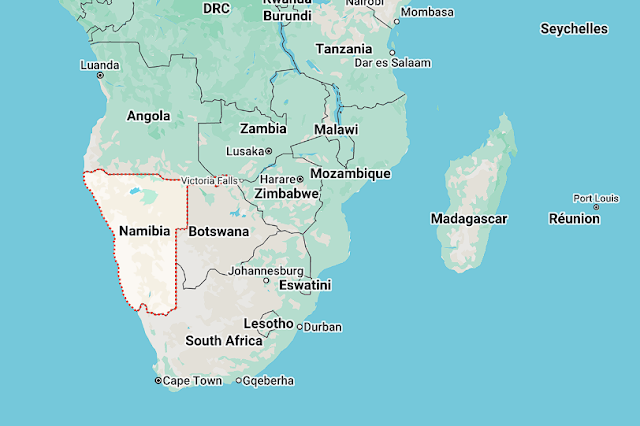



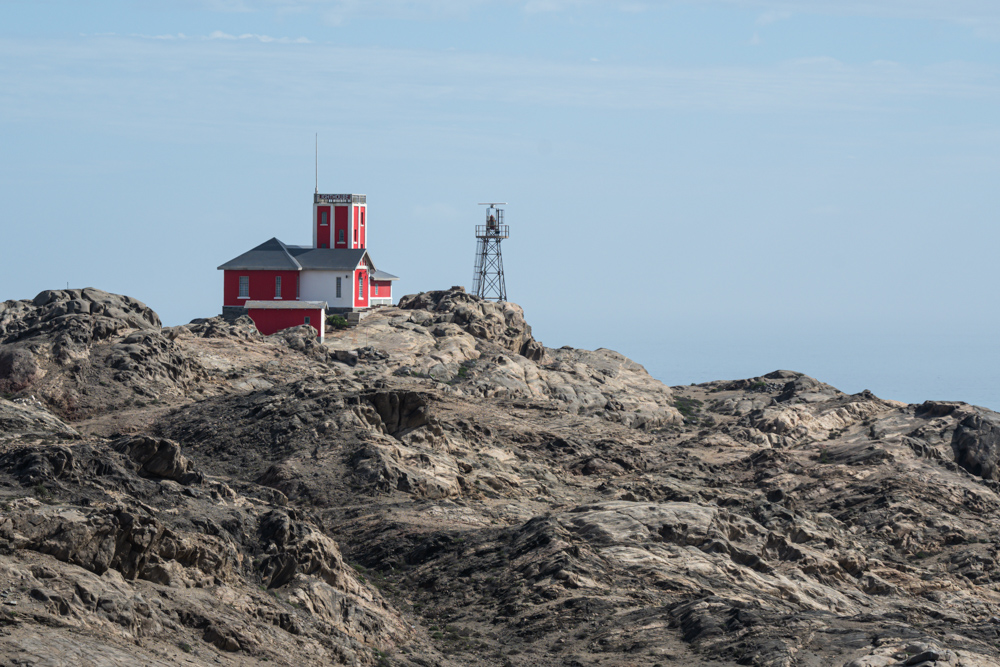


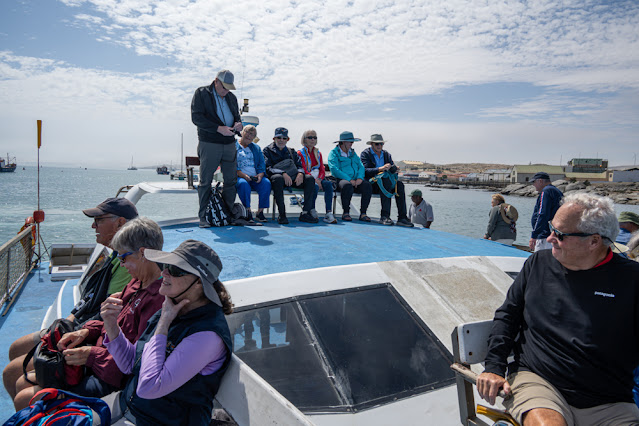








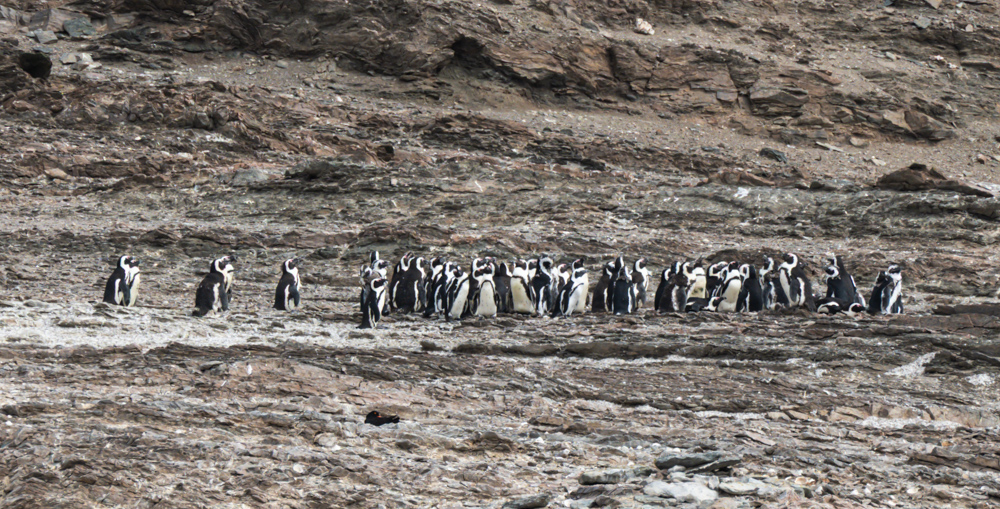



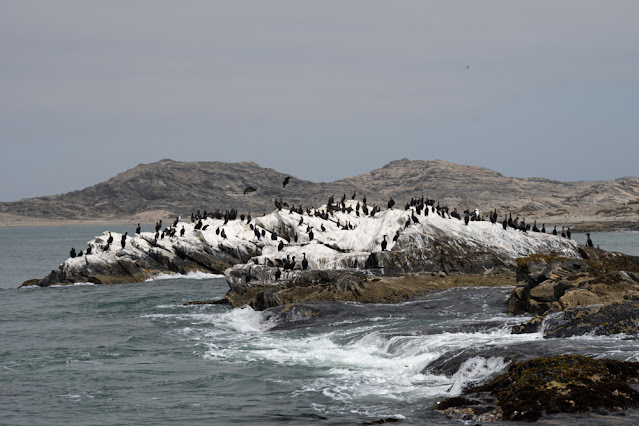







No comments:
Post a Comment